Vacuuming is a regular chore in most households. While it helps in maintaining cleanliness, it can sometimes lead to discomfort or even pain in various parts of the body. This article will explore common issues like hip pain, lower back pain, shoulder pain, and hand pain associated with vacuuming. We'll also discuss how to avoid these pains and share some surprising benefits, like the number of calories burned during vacuuming. By understanding both the risks and rewards of this household task, you can make informed choices that benefit both your health and home.

Disclaimer: The information in this article is for general informational purposes only and does not constitute medical advice. If you experience persistent or severe pain, consult a licensed medical professional or physical therapist for diagnosis and treatment. Always follow your healthcare provider’s guidance before starting any new exercises or treatments.
Can Vacuuming Cause Pain?
Vacuuming might seem like a simple task, but repetitive motions, improper posture, or the use of outdated equipment can lead to physical discomfort or pain. The act of pushing and pulling a vacuum cleaner can involve an unexpected amount of physical exertion, especially if done frequently or for prolonged periods.
Let's break down the common areas of pain and their causes, providing insights into why these issues occur and how they can be prevented.
Hip Pain After Vacuuming
Hip pain may occur due to prolonged bending or twisting motions. When you vacuum, you might unknowingly place stress on your hip joints, especially if your vacuum cleaner is heavy or hard to maneuver. This stress can be exacerbated by awkward angles or attempting to reach under furniture without properly adjusting your stance. Over time, these repeated movements can strain the muscles and ligaments around your hips, leading to soreness or even more serious injuries. Ensuring that your vacuum cleaner is easy to maneuver and taking care to maintain a natural range of motion can help mitigate these risks.
How to relieve hip pain:
-
Use ice or heat: In the first 48 hours, apply ice for 10 - 15 minutes. On the first day, do this every hour. On the second day, do it every 3 - 4 hours. This helps to reduce swelling.
-
If you feel you can and know how: Try stretching your hip flexors and glutes. For example, do the figure - four stretch to relieve tightness. Also, do some light exercises to strengthen your hips, like bridges or clamshells.
-
Elevation: If you can, raise your hips and lower body higher than your heart. Use pillows, blankets or cushions to support your leg.
Avoid further strain: Switch to a vacuum with a swivel head and long handle to reduce bending.
Lower Back Pain While Vacuuming
Lower back pain is often due to poor posture or repetitive bending. The back muscles can be strained if you're not using your knees to bend or if you're using a vacuum cleaner with a short handle. Vacuuming with a hunched posture can compress your vertebrae and put pressure on your lower back, resulting in discomfort or pain. Additionally, frequent bending without support can weaken your core muscles, leading to further strain. To prevent this, you should stretch before and after cleaning. While vacuuming, it's crucial to engage your core and maintain a neutral spine, using your legs to support your movements rather than relying solely on your back.
How to relieve lower back pain: Use gentle lower back stretches like knee-to-chest or cat-cow poses. You can also apply ice first for inflammation, then heat to relax tight muscles.
Shoulder Pain After Vacuuming
This type of pain is usually related to overreaching or lifting the vacuum cleaner. It can also be caused by the repetitive motion of moving the vacuum back and forth. This repetitive strain can lead to inflammation in the shoulder joints or even cause tendonitis over time. Ensuring that the vacuum cleaner's handle is at a comfortable height can help reduce the need to overreach, thus minimizing the risk of shoulder pain. Moreover, alternating arms and varying your grip can distribute the workload more evenly across your body.
How to relieve shoulder pain: Stretch gently, do pendulum swings and cross-body shoulder stretches to restore mobility. If the pain doesn't go away, put ice packs on for 15–20 minutes several times a day to reduce swelling.
Muscle Pain in Hand with Vacuuming
Holding the vacuum cleaner's handle tightly for extended periods can lead to muscle fatigue in the hand and wrist. This can result in cramping or even conditions like carpal tunnel syndrome if left unaddressed. The pressure exerted by gripping the handle tightly can strain the tendons in your hand, leading to discomfort or pain. To avoid this, consider using a vacuum cleaner with a padded, ergonomic handle that fits comfortably in your hand. Additionally, taking short breaks to stretch your fingers and wrists can help reduce muscle fatigue.
How to relieve hand pain:
-
Shake and stretch: Stretch fingers and wrists, and do wrist rolls or thumb stretches regularly.
-
Soak in warm water: A 10-minute hand soak can help relax stiff muscles.
-
Massage gently: Light massage can reduce tension and improve circulation.
How to Avoid Pain While Vacuuming
Fortunately, there are steps you can take to prevent these types of pain. By adopting a few simple strategies, you can transform vacuuming from a potential source of discomfort into a routine that is both effective and pain-free.
1. Choose the Right Vacuum Cleaner
Modern technology has made vacuuming easier with lightweight, ergonomic designs. Investing in a vacuum cleaner that suits your needs and is easy to handle can make a significant difference.
Look for models that have:
- adjustable handles;
- lightweight structures (for example, lightweight cordless models);
- lie-flat design.
These features can help accommodate different heights and reduce the physical effort required to maneuver the vacuum. Additionally, vacuum cleaners with swivel steering can enhance maneuverability, allowing you to navigate around furniture with ease and minimizing the need for excessive twisting or bending.
If you're willing to look beyond handheld vacuums, you might want to consider robotic vacuum cleaners as an alternative to manual cleaning. Otherwise, keep reading!
2. Maintain Proper Posture and Use Efficient Vacuuming Techniques
While vacuuming, you can try following these simple tips to further reduce the risk of injury:
- Keep your back straight and use your legs to move, rather than bending your back.
- Hold the vacuum handle at a comfortable height to avoid straining your shoulders.
- Engage your core muscles as you move. This can provide additional support and help distribute the workload across your body.
- Use your body weight to move your vacuum cleaner forward and backward instead of pushing it with your arms. This reduces strain on your arms and shoulders.
- Shift your weight from one foot to the other to create a more fluid motion that decreases the need for arm exertion.
- Practice mindful movements, such as bending at the knees and pivoting your whole body instead of twisting your spine. Consider practicing posture exercises outside of your cleaning routine to strengthen muscles and improve your overall posture.
- Use a consistent pace and rhythm can help prevent overexertion.
Incorporating these techniques into your routine can make vacuuming less taxing and more enjoyable.
3. Take Regular Breaks
Avoid vacuuming the entire house in one go. Take breaks to stretch and relax your muscles, reducing the risk of strain. Short, frequent breaks allow your muscles to recover and can prevent fatigue from setting in. During these breaks, engage in stretches that target the areas most affected by vacuuming, such as your back, shoulders, and hands. By listening to your body's signals and taking time to rest when needed, you can maintain a healthy balance and ensure a pain-free cleaning experience.

How Many Calories Does Vacuuming Burn?
Vacuuming isn't just about cleaning; it's also a form of physical activity. On average, vacuuming can burn between 150 and 200 calories per hour. This calorie burn can vary depending on your weight and the intensity of the activity. For those seeking to integrate more physical activity into their daily routine, vacuuming offers a practical way to stay active while accomplishing household tasks. It's a great way to incorporate some exercise into your daily routine while keeping your home clean. The act of moving and engaging different muscle groups can contribute to overall fitness, providing a dual benefit of maintaining both a clean environment and a healthier lifestyle.
Embracing Technology for Easier Vacuuming
The advent of smart cleaning technology has revolutionized how we approach household chores. Robotic vacuum cleaners have become increasingly popular for their convenience and efficiency. These devices offer a hands-free cleaning solution, allowing you to focus on other activities while ensuring your floors remain spotless. They can navigate around your home, cleaning floors while you focus on other tasks or simply relax. This technological advancement not only reduces the physical demands of vacuuming but also enhances the overall cleaning experience.
Benefits of Robotic Vacuum Cleaners
- Time-Saving: With a robotic vacuum, you don't have to spend time manually cleaning your floors. This frees up valuable time that can be spent on more enjoyable activities or other household responsibilities.
- Reduced Physical Strain: These devices handle the heavy lifting, minimizing your risk of pain or injury. By automating the cleaning process, robotic vacuums eliminate the need for repetitive motions and awkward postures.
- Smart Navigation: Many models come equipped with sensors and mapping technology to clean your home efficiently. This ensures thorough coverage and prevents the vacuum from missing spots or getting stuck. Additionally, some models can be controlled via smartphone apps, allowing you to schedule cleaning sessions and adjust settings remotely.
Discover additional pros and cons of robot vacuums in our guide.
Make Vacuuming a Pain-Free Experience
Pain while vacuuming is not inevitable. By choosing the right equipment, maintaining proper posture, and embracing new technology, you can minimize discomfort and enjoy a cleaner home without the hassle. These proactive steps not only prevent pain but also enhance the efficiency and effectiveness of your cleaning routine.
For those considering an upgrade, exploring the latest in vacuum technology can provide a cleaner home and a more pleasant cleaning experience. Embrace these innovations to make vacuuming a task you no longer dread, but rather one that contributes positively to your well-being. By transforming vacuuming into an opportunity for wellness, you can maintain a healthy living space and lifestyle simultaneously.















































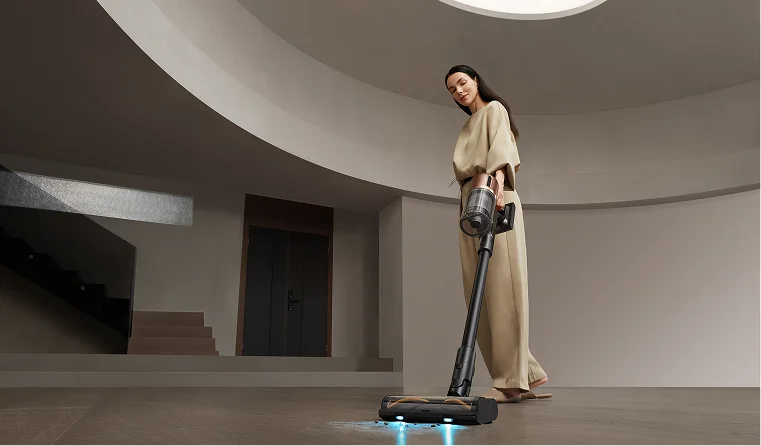
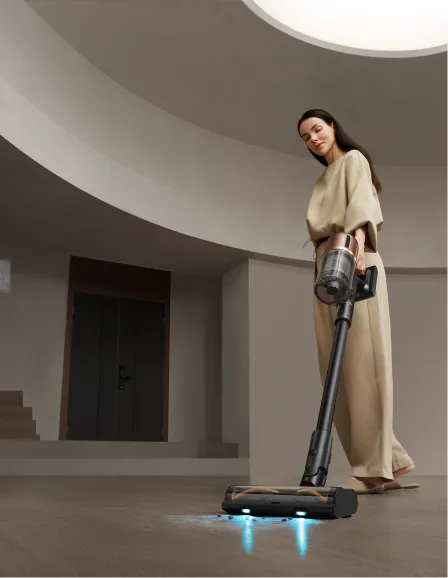
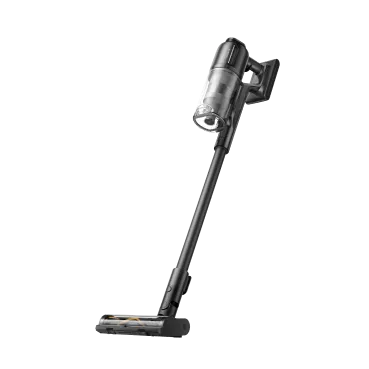
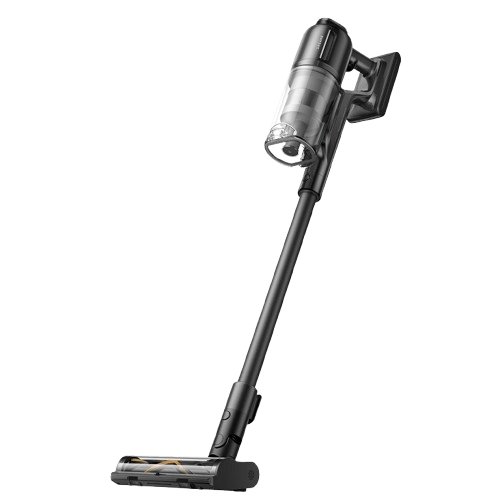
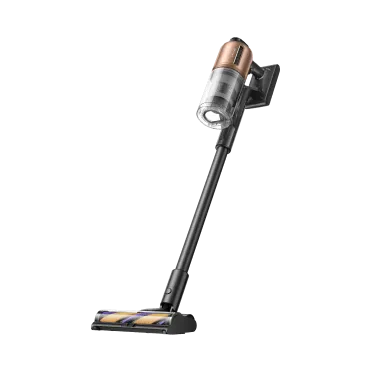
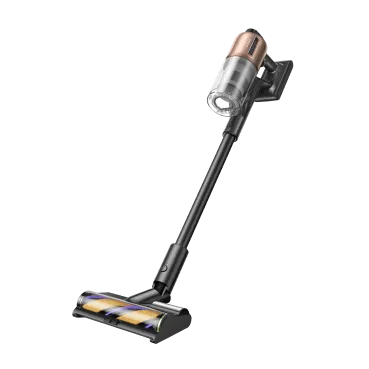
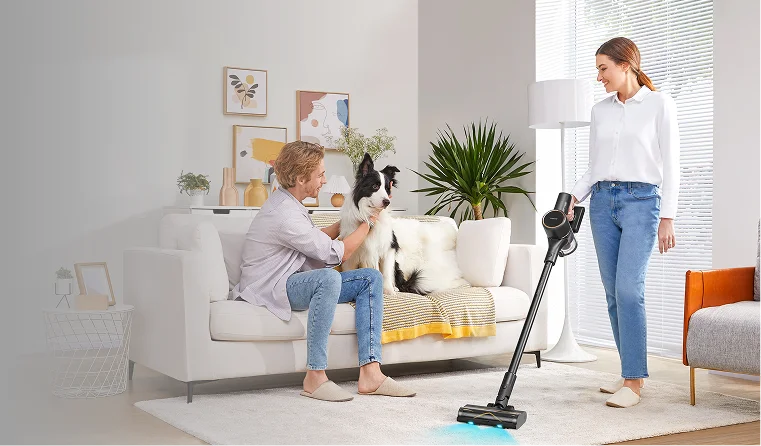
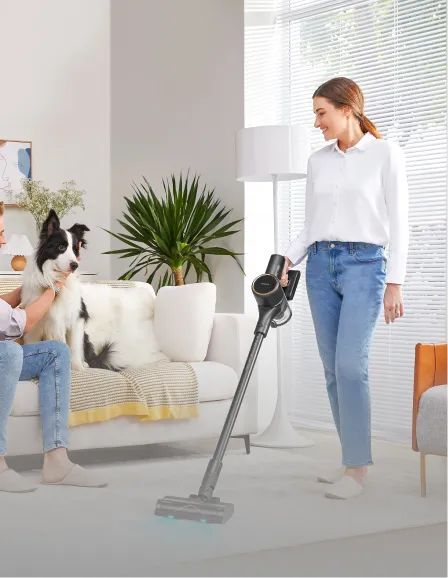
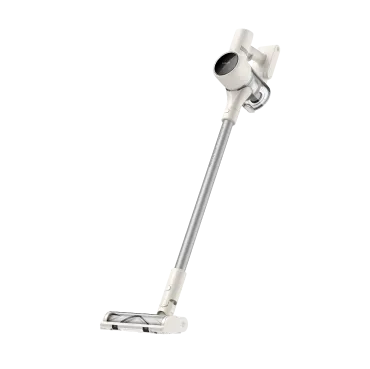
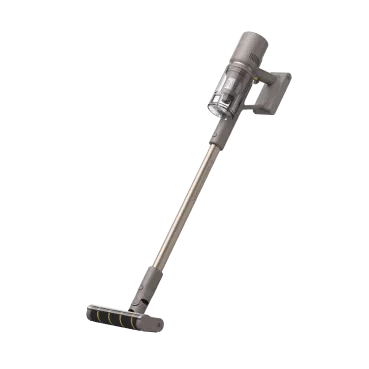
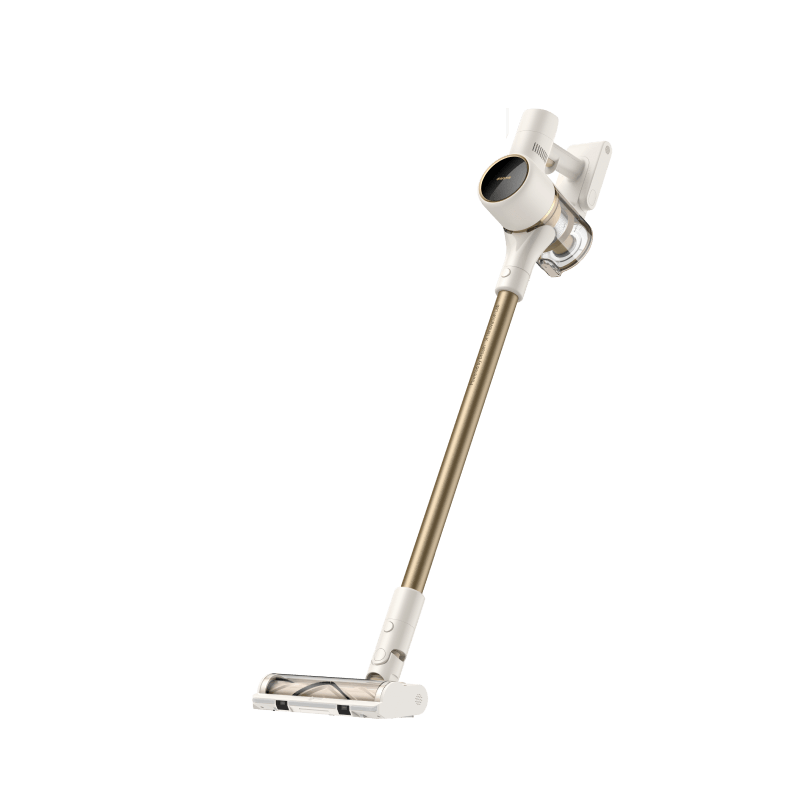
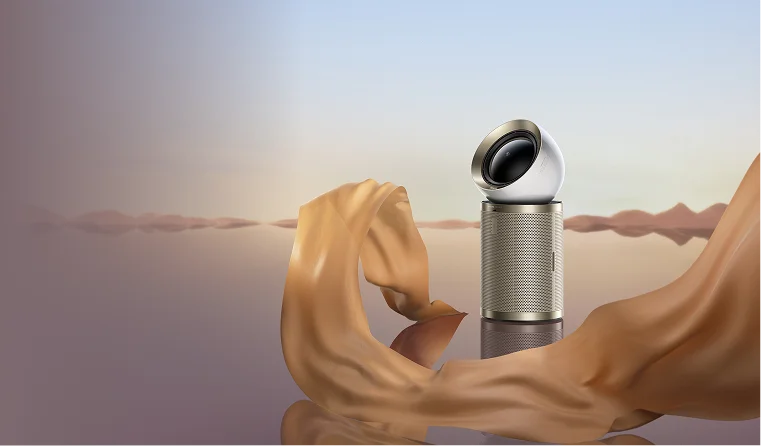
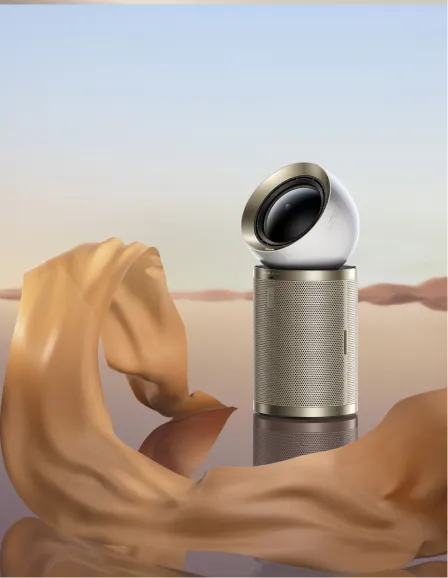

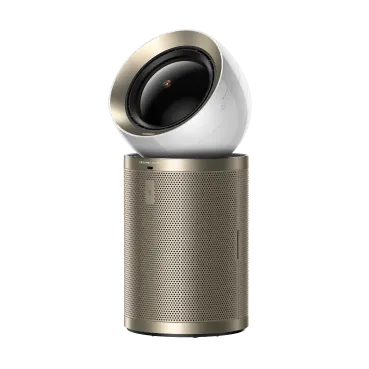

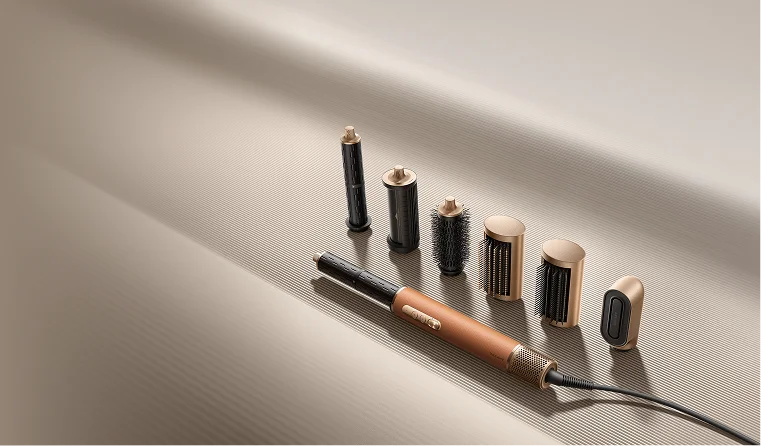
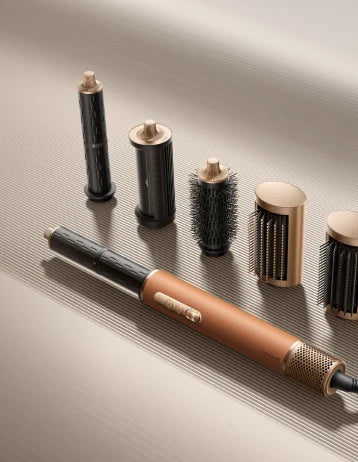
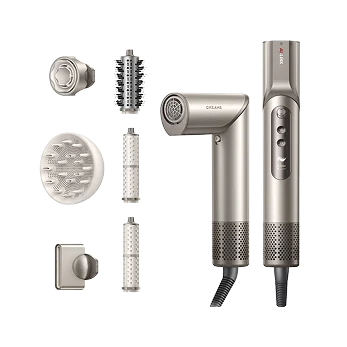
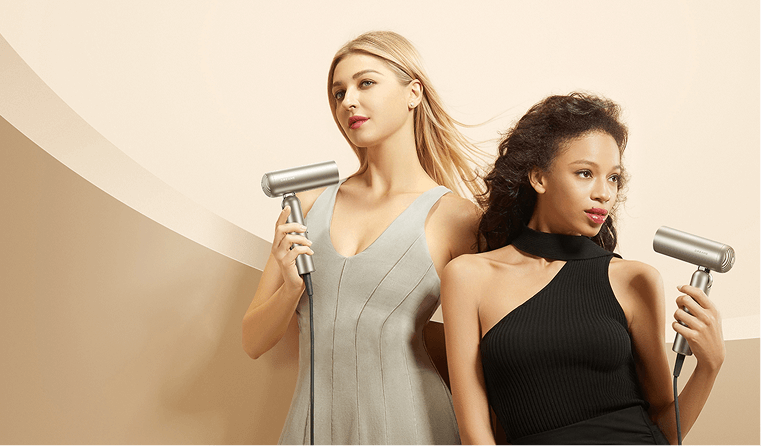

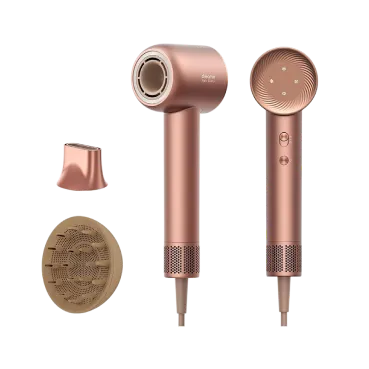
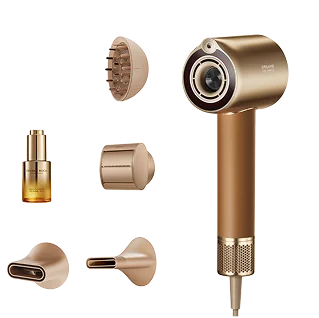
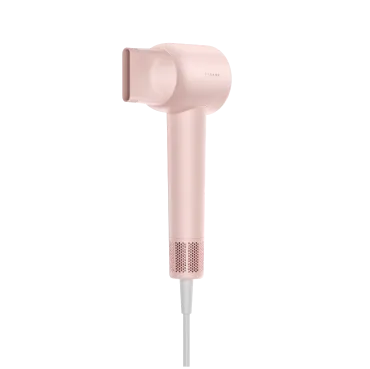


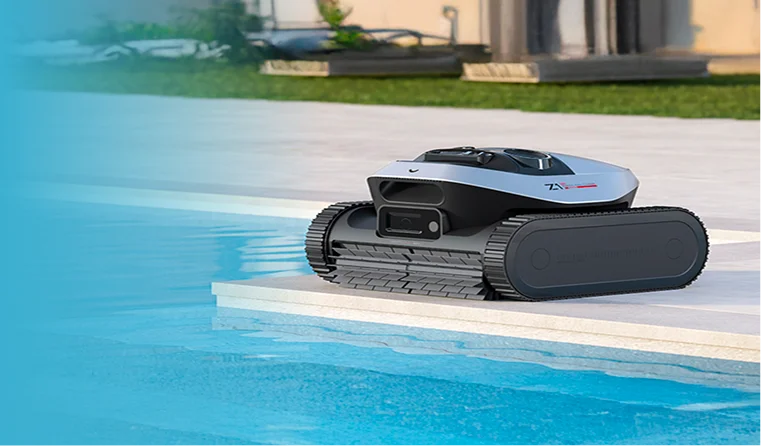
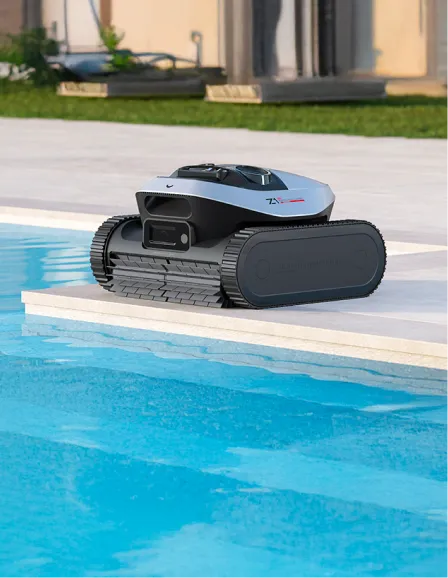
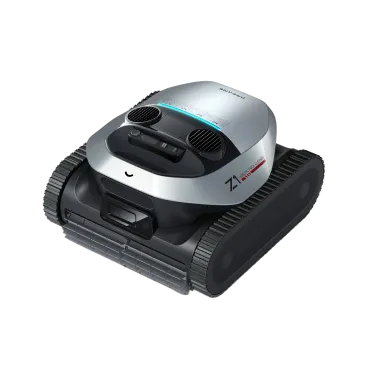
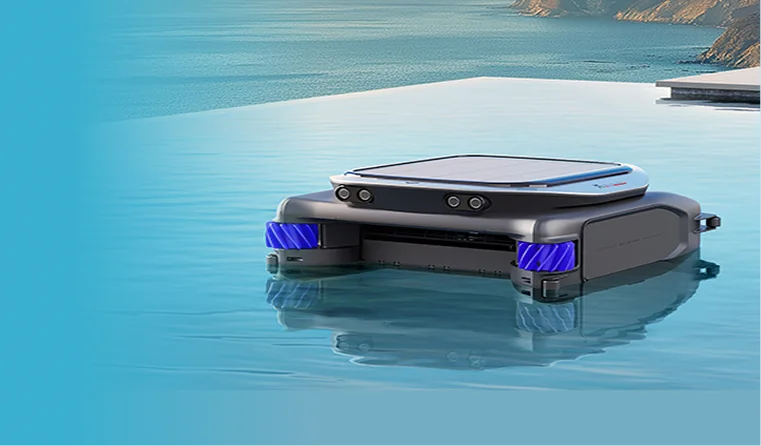
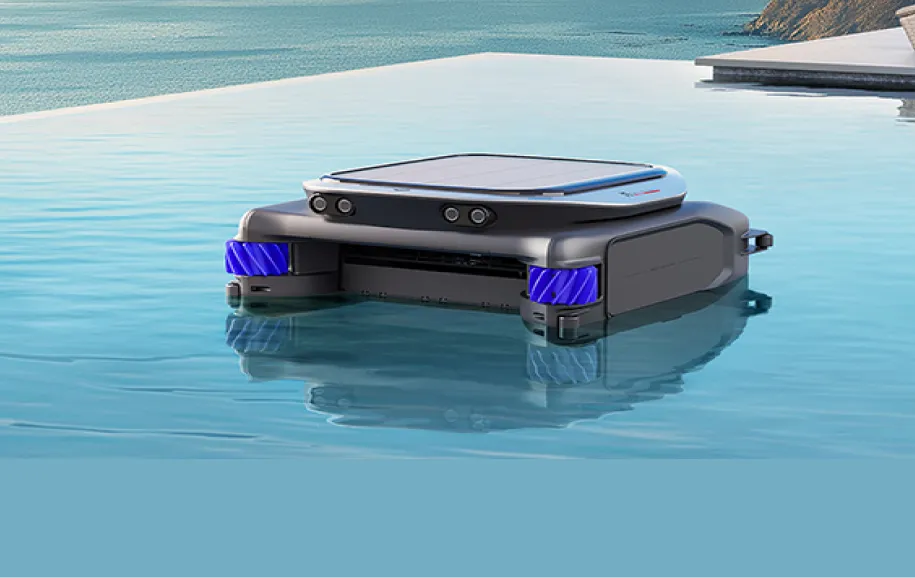










 Australia
Australia 中国大陆
中国大陆 日本
日本


 Türkiye
Türkiye


 Italia
Italia
 Netherlands
Netherlands Belgium
Belgium
 Greece
Greece Polska
Polska
 Norway
Norway
 Sweden
Sweden
 Finland
Finland
 Denmark
Denmark
 Hungary
Hungary Czechia
Czechia
 Slovenia
Slovenia
 Croatia
Croatia
 Switzerland
Switzerland United Kingdom
United Kingdom
 Canada
Canada



